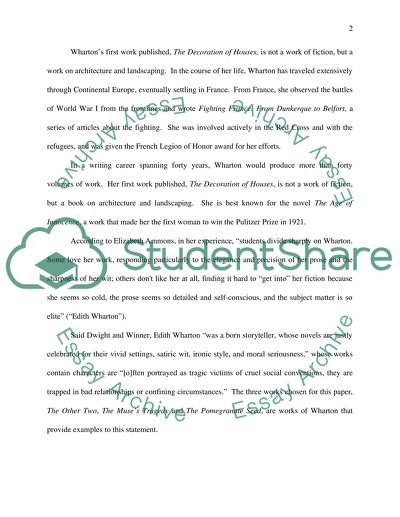Cite this document
(“An analysis of three women from three works by edith wharton Essay”, n.d.)
An analysis of three women from three works by edith wharton Essay. Retrieved from https://studentshare.org/miscellaneous/1521060-an-analysis-of-three-women-from-three-works-by-edith-wharton
An analysis of three women from three works by edith wharton Essay. Retrieved from https://studentshare.org/miscellaneous/1521060-an-analysis-of-three-women-from-three-works-by-edith-wharton
(An Analysis of Three Women from Three Works by Edith Wharton Essay)
An Analysis of Three Women from Three Works by Edith Wharton Essay. https://studentshare.org/miscellaneous/1521060-an-analysis-of-three-women-from-three-works-by-edith-wharton.
An Analysis of Three Women from Three Works by Edith Wharton Essay. https://studentshare.org/miscellaneous/1521060-an-analysis-of-three-women-from-three-works-by-edith-wharton.
“An Analysis of Three Women from Three Works by Edith Wharton Essay”, n.d. https://studentshare.org/miscellaneous/1521060-an-analysis-of-three-women-from-three-works-by-edith-wharton.


